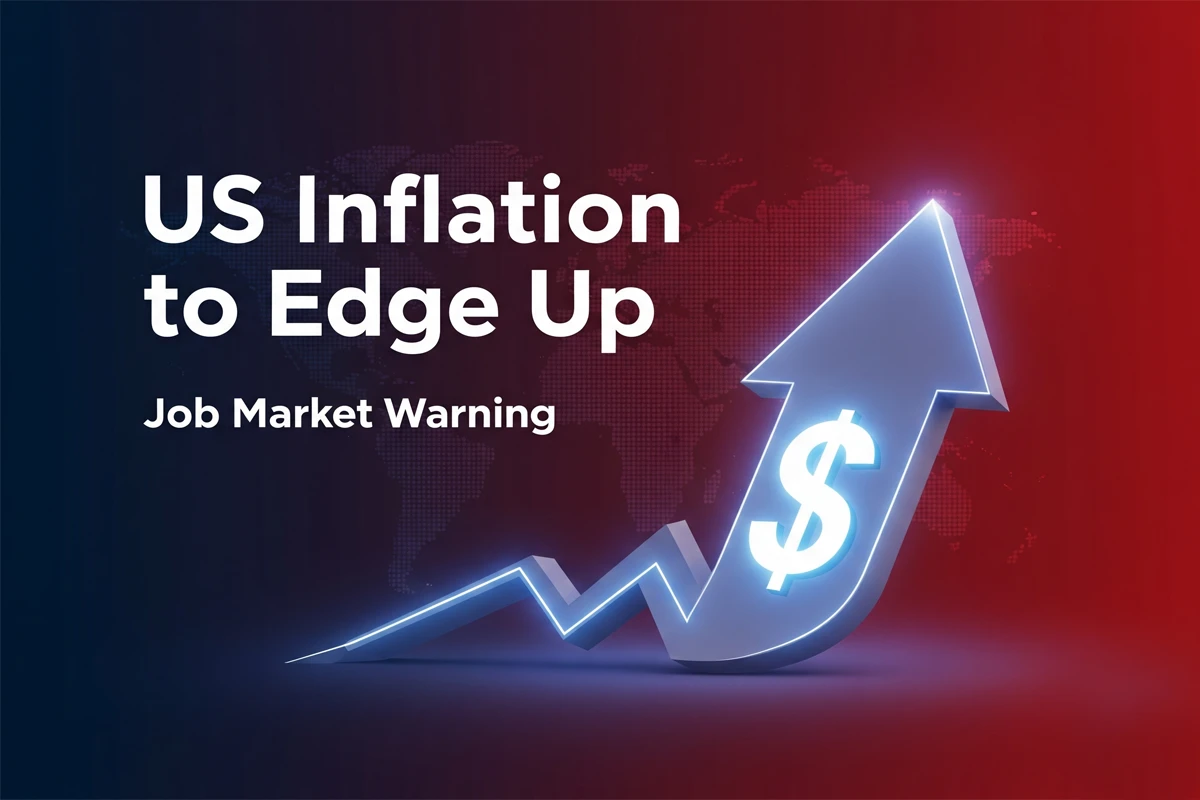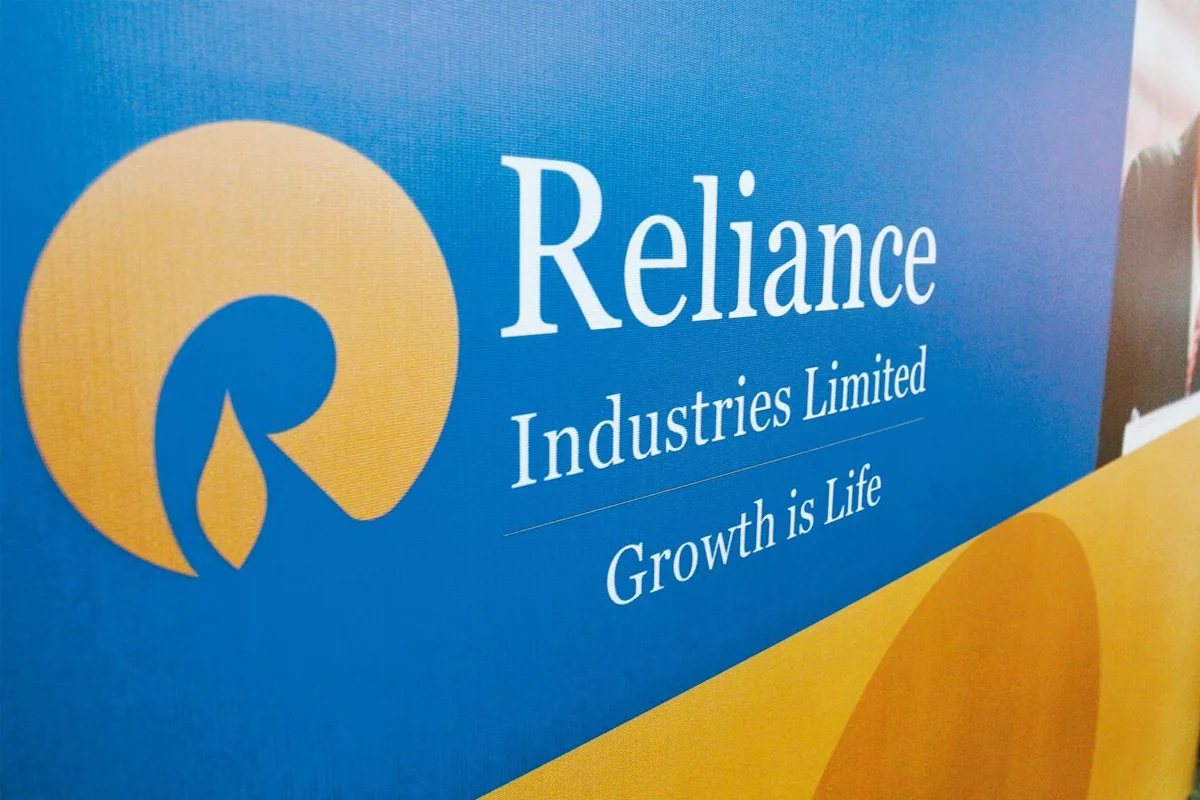US Inflation to Edge Up as Powell Shifts on Job Market – What It Means for Global Economy
Today the global economy is walking on a delicate balance. In the midst of rising prices and a fragile job market, it is becoming even tougher for US Federal Reserve Chair Jerome Powell to make decisions. Fresh inflation data for July has further highlighted this challenge. Economists believe that US inflation is about to edge up, and its consequences will not be limited to America alone, but the entire global market will feel its impact.
US Inflation to Edge Up: What the Latest Data Says
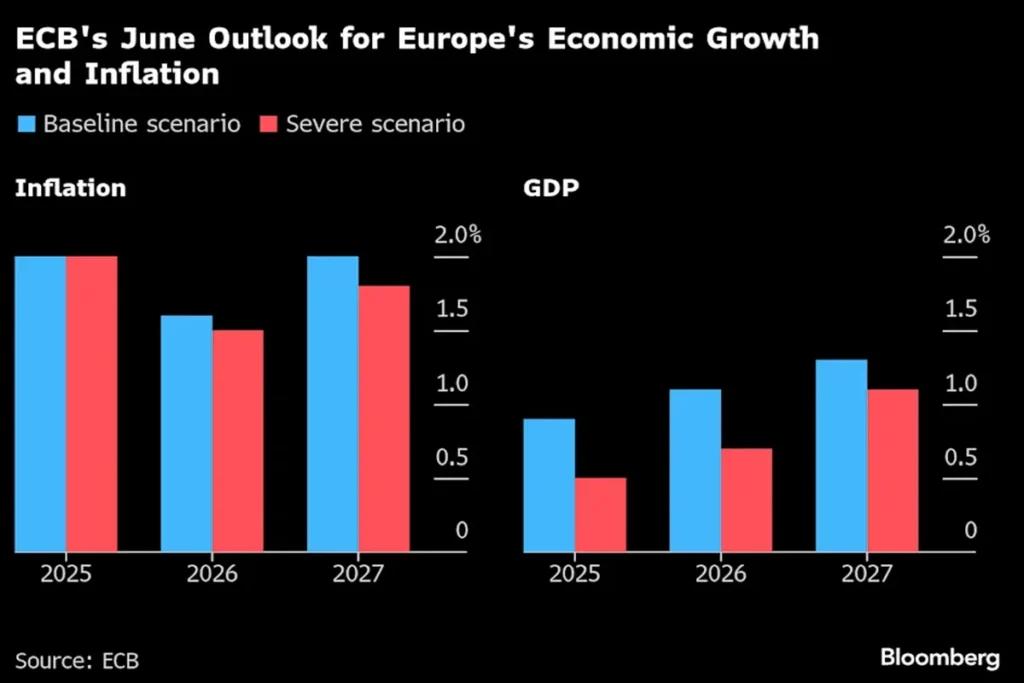
According to recent reports, the personal consumption expenditures (PCE) price index — which is the Federal Reserve’s preferred inflation measure — has reached 2.9% in July. This is considered the fastest annual pace in the last 5 months. When viewed on a monthly basis, the so-called core inflation index shows a second consecutive rise of 0.3%.
This clearly indicates that US inflation is edging up and that tariffs and price hikes are majorly responsible for this rise. But Powell said in his annual conference speech in Jackson Hole, Wyoming that the risk of the job market being affected is now greater, although inflation concerns still exist.
Jerome Powell and the Federal Reserve’s Strategy

Powell acknowledged that the effect of higher tariffs is now “clearly visible”, but he believes it will have a short-term impact. While highlighting the risk of a slowdown in the job market, he also said that now the Federal Reserve will have to carefully design its monetary policy. Investors are now closely watching whether the Fed will cut interest rates in September or not.
Comments by senior US Federal Reserve officials such as Governor Christopher Waller and regional bank heads John Williams, Lorie Logan and Tom Barkin will be very important next week as they will signal to the market about the future monetary stance.
Economists’ Analysis on US Inflation
Economics analysts say that July’s reading will be the hottest after February. If economic activity is even stronger, firms can easily pass on the tariff costs to consumers. This means that upcoming CPI and jobs data will not support a rate cut in September.
Household spending and consumer income data will also be in focus in Friday’s report. If consumers continue their spending, it means US growth is still resilient, but if there is a slowdown, decisions will become even more difficult for the Fed.
US Inflation to Edge Up with Global GDP Outlook
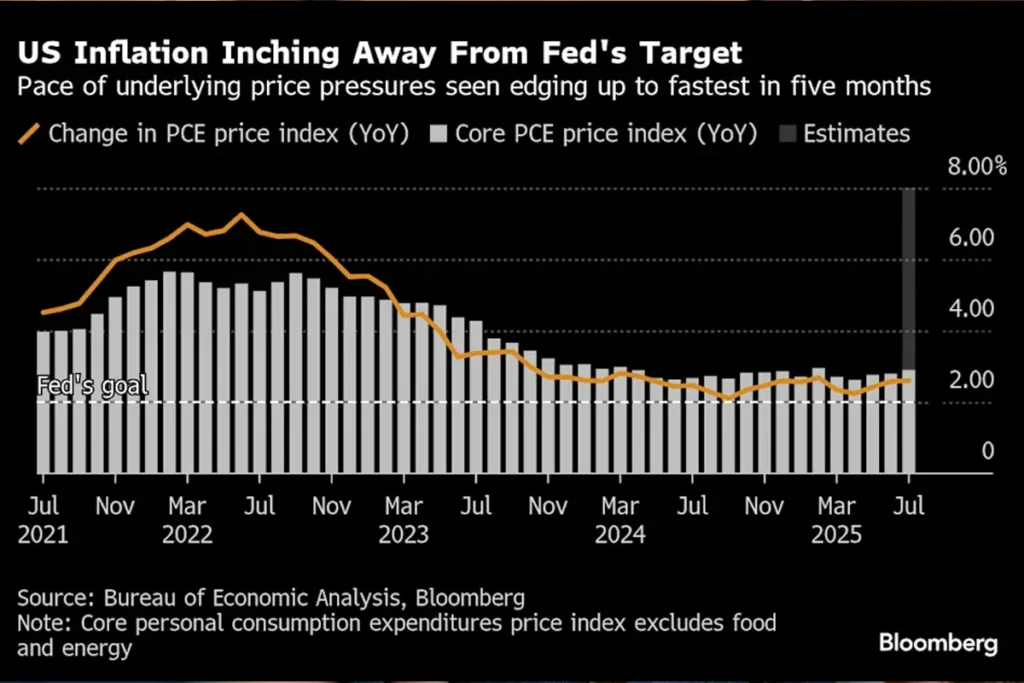
Along with the US, GDP reports of Canada and India are also going to be released this week. Canada’s second-quarter GDP is expected to show negative effects of the trade war, with a decline of 0.7% forecast. On the other hand, India’s GDP growth is estimated to slow down to 6.6%.
This clearly shows that US inflation to edge up is not just an American concern, but is also having a direct impact on global trade and GDP performance.
Asia’s Central Banks and Inflation Updates
This week is also crucial for the Asia region. The Reserve Bank of Australia cut interest rates in its August policy meeting, while the Bank of Korea and the Philippines are set to decide their monetary stance. India’s GDP data is expected to show 6.6% growth, which points to a slowdown.
China will release its July industrial profits data, while Japan will report its inflation and jobless rate. Trade and industrial production figures for South Korea and the Philippines will also indicate the scale of the impact of tariffs.
Clearly, US inflation to edge up is creating a ripple effect which is also being felt directly in major economies of Asia.
Economic Signals in Europe and Middle East
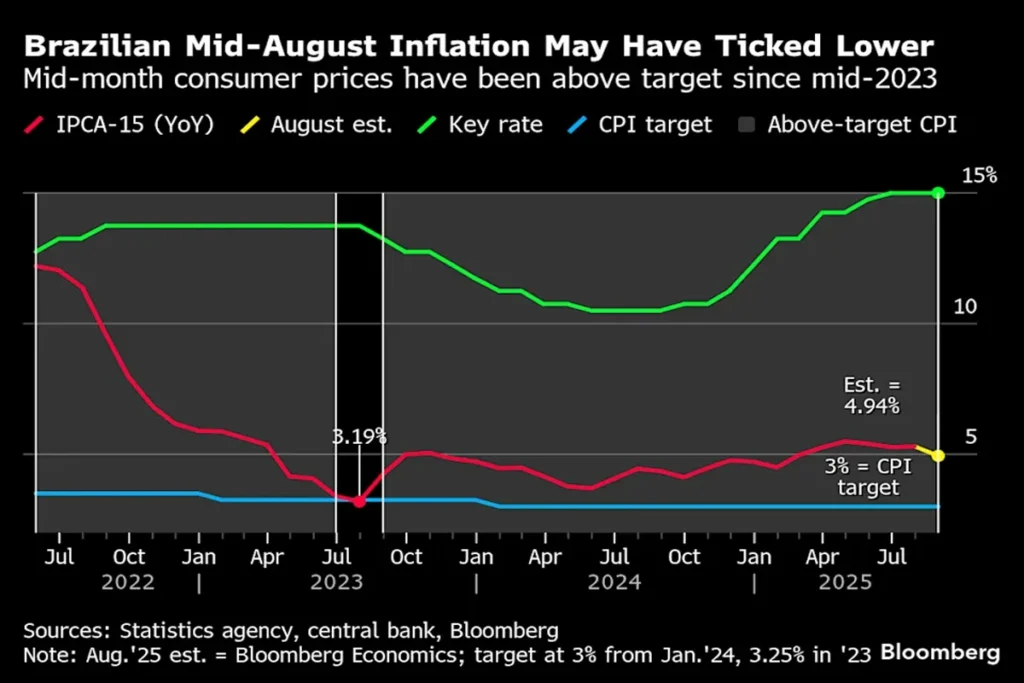
In Europe, Germany’s Ifo business confidence index and the ECB’s (European Central Bank) July policy meeting account will provide key updates for investors. ECB chief Christine Lagarde said the situation after the trade agreement is not as damaging as previously feared. Despite this, the possibility of the ECB cutting rates in September is low.
Germany, France and Spain will release their inflation numbers and will show how much pressure Europe’s consumers are facing after the tariffs. Europe’s labour market has been surprisingly strong, but inflation is still uneven.
In the Middle East and Africa region, GDP and inflation data for Nigeria, Egypt, Zambia and Kenya are to be released. The monetary stance in these countries is largely dependent on inflation and global oil prices.
Latin America and US Inflation Connection
Economic reports from Brazil, Mexico and Chile will also be highlights this week. Brazil’s mid-August inflation data is expected to be below target, but inflation is running above target in the long-term perspective. Mexico’s economy is feeling pressure from US tariffs policies, which create major uncertainty for the region.
Mexico and Brazil’s labor market data will also be released and jobless rates are expected to remain near record lows. But all of this is linked to US inflation and the indirect effects of Fed policy.
Conclusion: Global Impact of US Inflation to Edge Up

If we look at the overall picture, one thing is clear that US inflation to edge up is not just a domestic challenge, but its impact is visible on the trade, growth and employment outlook of the whole world. For Jerome Powell and his team, this is a balancing act in which they will have to carefully navigate between rising prices and fragile job market.
Global investors, businesses and policymakers are all closely watching what steps the Fed takes in the coming weeks. If the rate cut is delayed in September, then its direct impact will fall on global equity markets, currency valuations and growth prospects of emerging economies.
Disclaimer
This article has been written for informational purpose. The analysis and opinions expressed here are based on market reports and the viewpoints of economists. Readers should consult their financial advisor before making their financial or investment decisions.
Also Read
Intel Downfall: How the Tech Giant Lost Its Crown in the AI Era
